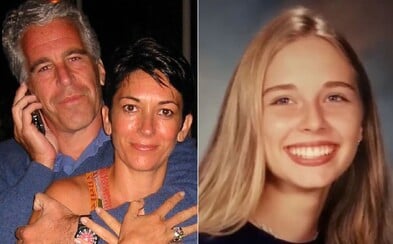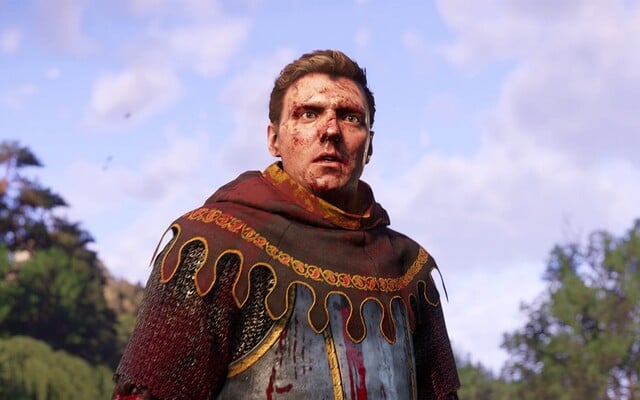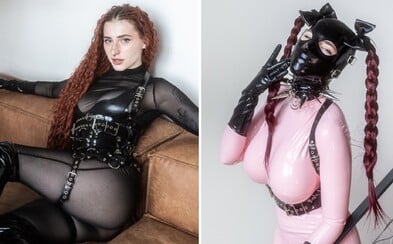 Latex model Natália: It turns me on to be a live f*ck doll. I can turn into a completely different person
Latex model Natália: It turns me on to be a live f*ck doll. I can turn into a completely different person
Latex model Natália: It turns me on to be a live f*ck doll. I can turn into a completely different person
Latex model Natália: It turns me on to be a live f*ck doll. I can turn into a completely different person
The Worst Shark Attack in Human History Took Hundreds of Lives
First they were attacked by a submarine with torpedoes. Later, even more threatening enemy came.
If problems persis, please contact administrator.
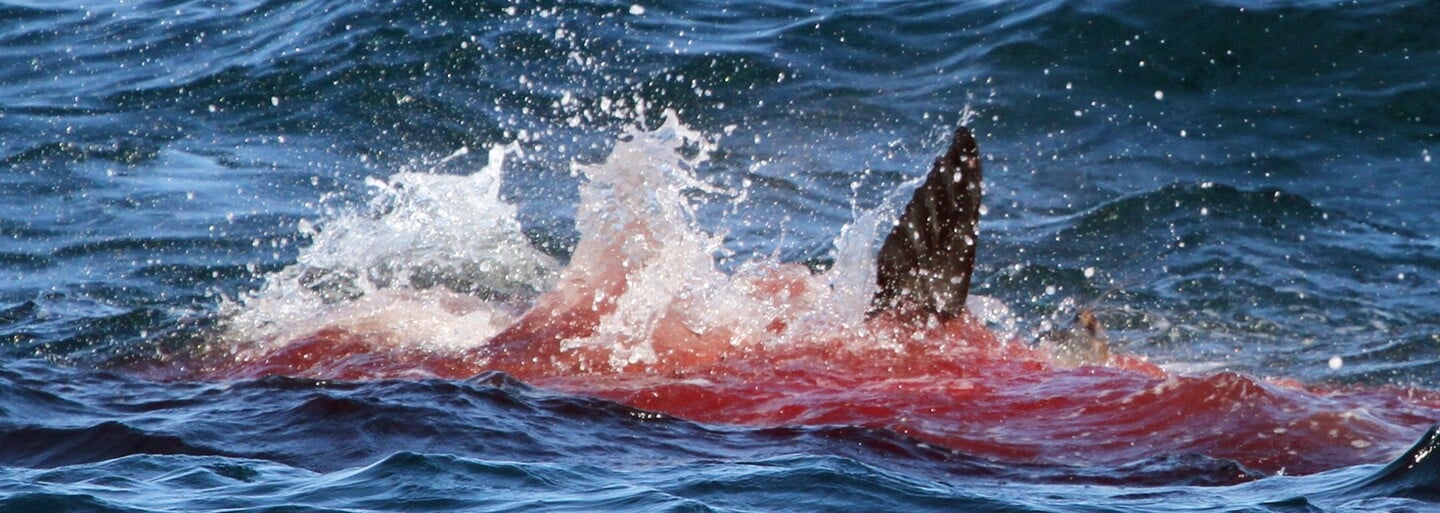
After being hit by torpedoes from the submarine, the heavy cruiser USS Indianapolis with almost 1,200 crew members sunk to the bottom. Most of the crew managed to jump into the sea and swim away, but at the time they had no idea what was about to unfold for the next few days. The sailors, divided into several groups, fell victim to the largest human shark attack in history.
Only a little over 300 people were saved. However, danger also lurked in the ranks of sailors. Some of them pulled out their weapons in delirium and started killing each other.
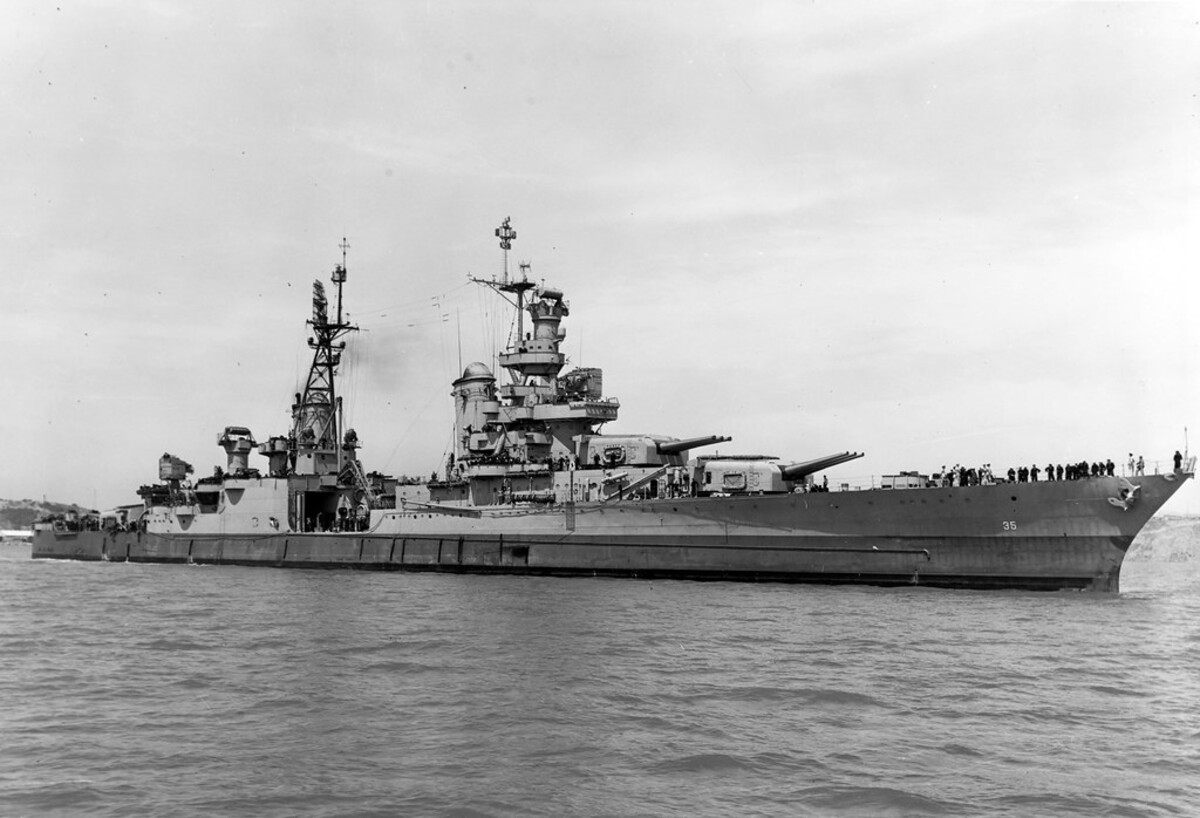
They could feel sharks bumping into them
They prayed to God. There was nothing left to do. They didn't know when the navy would come save them and whether the sinking of the cruiser was even known to them. After swimming away quickly after the torpedo attack, they found themselves divided into groups of tens to hundreds of people.
Quickly they calculated that without food and drink they wouldn't last long at sea. They began to fear running out of power soon and drowning. However, soon they saw an even greater threat in the clear waters - a huge number of sharks swimming in circles around the survivors.
At first, they went in on immobile corpses, but subsequently they were also interested in the living sailors. They later described how they felt sharks bumping into them. "They would come up and bump you. I was bumped a few times - you never know when they are going to attack you," says Loel Dean Cox, a 19-year-old sailor at the time, as quoted by the BBC.
They've spent more than 4 days on the high seas, during which sharks are estimated to have killed up to 150 people. Hundreds of sailors more who couldn't keep swimming have drowned, became dehydrated or went crazy and killed themselves or those around them.
He went for his life jacket and never returned
The heavy cruiser USS Indianapolis, nicknamed "Indy" by sailors, has first set sail in November 1931. The last top-secret mission was to transport uranium to make the atomic bomb "Little Boy" to target the city of Hiroshima. Captain Charles B. McVay III. and his crew had no idea what they were carrying. But they knew it was a very important shipment.
At the end of July 1945, while sailing towards the Philippines, just minutes after midnight, a cruiser with 1,197 crew members was hit by two torpedoes of a Japanese submarine. The second intervention destroyed the fuel tank, which resulted in further explosions, informs The Business Insider.
After a couple of hits, Felton Outland, one of the surviving sailors, called on his friend to quickly bring life jackets. Unfortunately, he only managed to find one. He therefore decided to run for another. That was the last time Outland saw his friend.
In the meantime, absolute chaos prevailed on board. The sailors were seeing the burnt bodies of many crew members with their own eyes and smelling burnt flesh and hair in the air. These terrifying moments only took a very short time.
The vessel sank within 12 minutes, and the sailors reportedly failed to send an emergency signal. Other sources say they sent an emergency signal, but no one responded. Many were covered with oil after jumping into the water. They were afraid that they might start burning, so they tried to get as far away from the cruiser as possible. Sailor San Gabriel said in an interview that he had been swimming away from the ship for almost 6 hours.
Those who unintentionally drank larger quantities of oil ended up puking for long hours. For 890 survivors, the next 4 days became hell on earth. The lieutenant only had a few lifeboats to help them, so there wasn't enough space for the vast majority. On top of that, they lacked food and water.
So the shipwreck survivors faced dehydration, but also the biggest shark attack on humans in history. "I saw some great heroism, and I saw some great fright, and I saw some things I wouldn’t ever want to talk about," said one of Harlan Twible's survivors for The Washington Post. To maintain historical accuracy, some sailors were found who were able to describe in detail what had happened after the destruction of the cruiser.
Underwater "feast"
Edgar Harrell experienced these horrors at a very young age. He was only 20 at the time. He told The Sun that there wasn't a day when they wouldn't hear the menacing cries of the people who were being eaten alive by sharks. According to the official Facebook page of the USS Indianapolis, he was the last sailor of the cruiser and he passed away in May 2021. He lived to be a respectable 96 years old and wrote a book about his experiences called Out of the Depths.
In one of the interviews, he talked about how the survivors had to collect all of the remnants of their physical strength and try to stay afloat by constantly swimming. It was necessary for them to help each other. A lone wolf certainly wouldn't survive in such a situation. Not everyone had a life jacket, which couldn't last more than 4 days anyway.
Surviving signalman Paul McGinnis remembered how they were tortured by the extreme cold at night and the unbearable heat during the day. "So hot, it was miserable—like hell. You couldn’t wait for the sun to go down. When the sun went down it was a relief. Then it would get cold and you would start to shiver, and you couldn’t wait for the sun to come back up," History quotes his statement.
In addition to fighting temperatures and fatigue, they had to control themselves not to drink salt water from extreme thirst. If anyone complied, according to Harrell, they started hallucinating within about an hour, endangering themselves and their surroundings. Many sailors were armed, and when they were losing their minds. They began to kill each other.
One of the sailors had a vision of a ship underwater delivering fresh food and drink. Convinced of his truth, he sank and never came back up. Another one of the sailors tried it too, and then told his friends to go downstairs for a drink. In reality, he was just drinking seawater. According to the survivors, there were multiple cases like that.
Moldy potatoes are also food
Those who survived the next day had the chance to experience a miracle in the form of rain. The thirsty survivors looked up at the sky with their mouths ajar, trying to get as many drops as possible. Later, Edgar Harrel and his group even managed to find potatoes in the sea, but they were moldy on the surface. Therefore, they tore off the mold with their teeth and ate the intact part of the food.
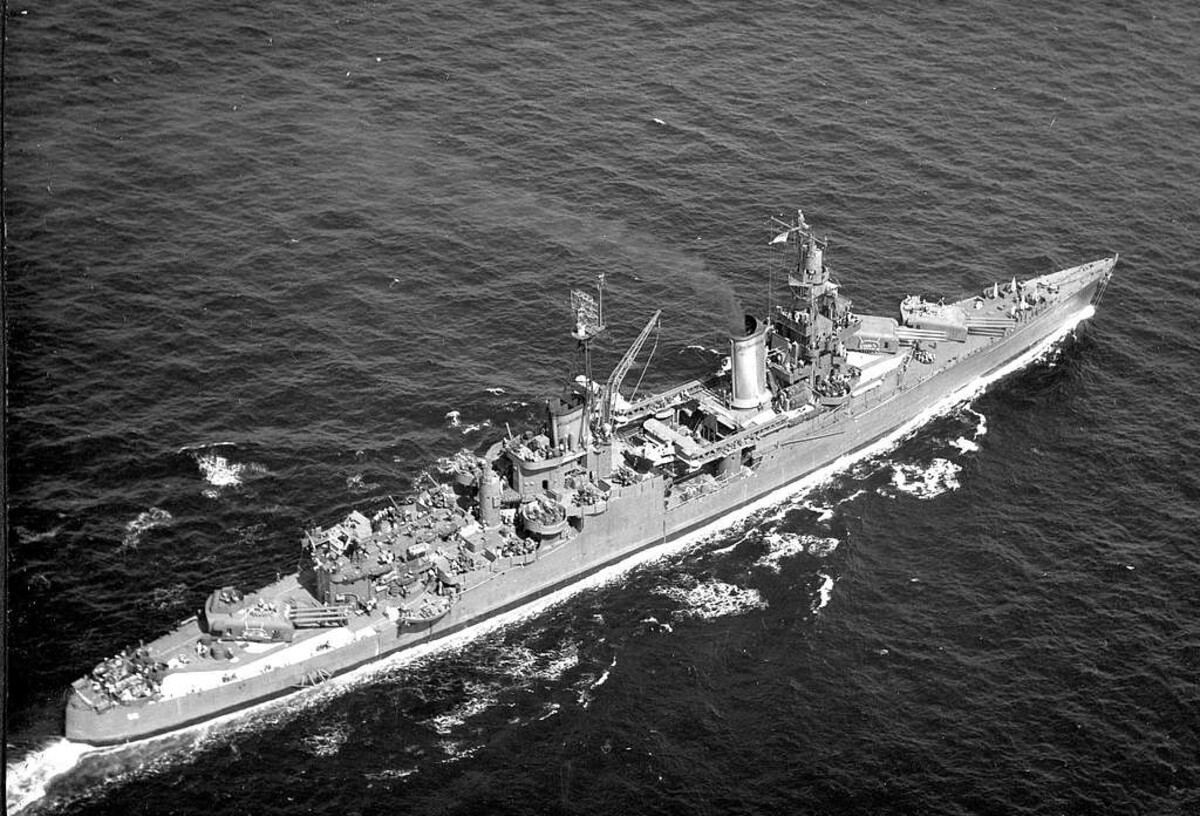
Harrel was initially surrounded by a group of about 80 people who tried to keep each other afloat. The Business Insider states that there were 7 separate groups on an area of approximately 40 kilometers. The largest of them had about 300 to 400 members.
Most of them prayed constantly so that they wouldn't lose faith. Harrell recalls one of the sailors who spoke to God, "God, if you're there, I don't want to die. I have a son at home I have never seen. I want to live!"
Watching the floating corpses of sailors around him, some of whom lacked body parts, he wondered whether he might be next. According to him, not a day goes by since the horrifying incident, that he doesn't thank God for the fact that he managed to survive. However, despite prayer, mortality was extremely high. Only 17 men from the 80-member group remained on the third day.
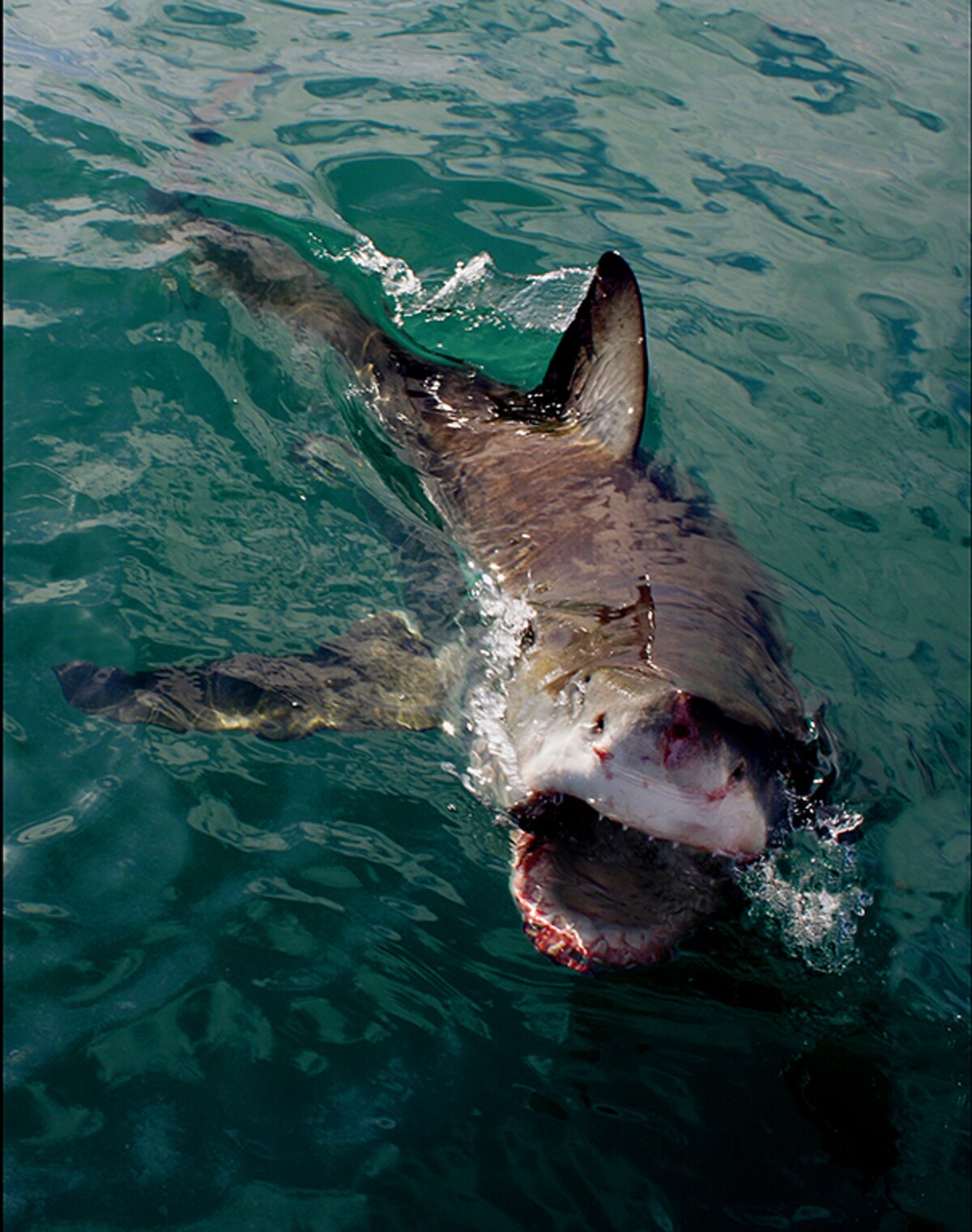
Crippled bodies floating up
Of the 890 sailors who wound up at sea after the destruction of the USS Indianapolis, only 317 people survived (numbers vary according to sources, some report 316). Approximately up to 150 sailors are thought to have been killed the sharks themselves, according to The Sun.
Sailors were mostly attacked by the long-finned sharks, that grow to a length of 4 meters. The well-known oceanographer Jacques Cousteau claimed that this is the most dangerous species of shark for humans, writes the Daily Mail. They are a major threat especially on the high seas, where they attack shipwreck survivors.
"Like a fishing float taken under the water, the helpless sailor quickly disappeared and then his mangled body would resurface moments later with only a portion of his torso remaining," Edgar Harrell describes one of the many attacks. If someone died and his body or body part was within reach, they always took away his life jacket, since there was only a few of those.
According to the testimonies, the sharks mostly selected individuals who moved away from the group. That's why it was so important for sailors to stay together. However, hallucinating survivors were resistant to this advice and went where they thought rescue awaits.
When the plane flew past the sailors on the 4th day, it sparked up some hope. In order to draw attention, they all began to splash the water around. The first part of the survivors was saved by a pilot who landed on the surface of the sea. During the day, seven more ships came around. However, as they were divided into several groups, it took about 24 hours to bring everyone to safety.
The Captain Charles B. McVay III also managed to survive, but he committed suicide after many years of guilt and psychological difficulties. Two days after they rescued the sailors, the Americans dropped the first atomic bomb on Hiroshima, and they wrote, "This is for the Indianapolis boys."

If problems persis, please contact administrator.



